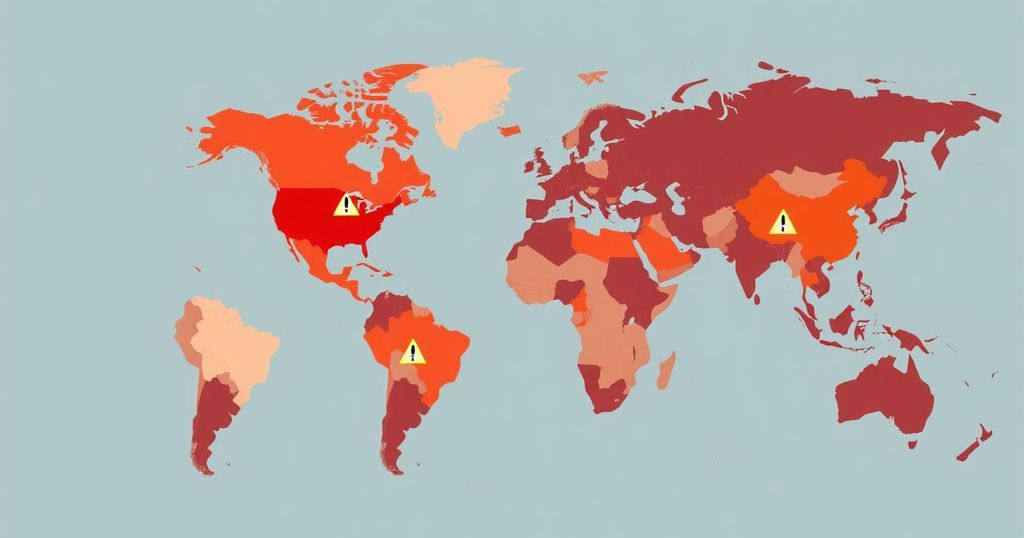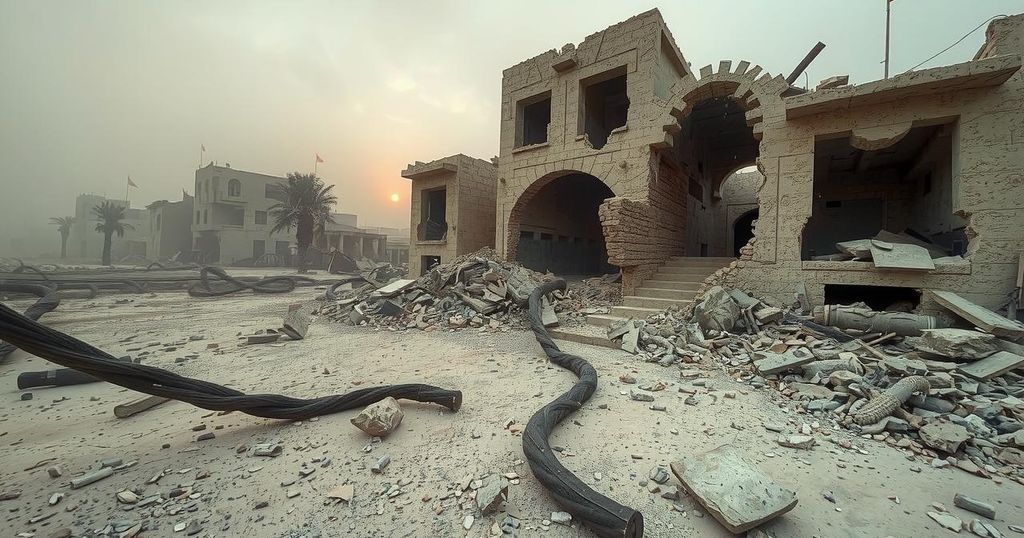The Trump administration is considering a new travel ban targeting citizens of up to 43 countries, with a draft listing 11 countries for complete entry bans and 10 for restricted access. Ongoing reviews by officials will determine potential adjustments to the list.
A draft report indicates that the Trump administration is contemplating a new travel ban affecting citizens of up to 43 countries, expanding beyond previous restrictions. This document, currently under discussion among administration officials, categorizes countries into three tiers based on the potential restrictions on their citizens’ entry into the United States.
The proposal features a “red” list comprising 11 countries whose citizens would be prohibited from entering the U.S. This list includes Afghanistan, Bhutan, Cuba, Iran, Libya, North Korea, Somalia, Sudan, Syria, Venezuela, and Yemen. The identification of these countries reflects ongoing concerns regarding security and diplomatic relations, the details of which may still evolve as the draft undergoes further examination.
Alongside the red list, there is an “orange” list of 10 countries designated for travel restrictions without a complete travel ban. This category may allow entry for affluent business travelers while excluding those on immigrant or tourist visas. The completion of the final draft will depend upon feedback from diplomats and security experts, who are assessing the validity of the assessments for each country, as well as any potential impacts on existing international cooperation.
In summary, the potential travel ban indicates a more ambitious stance by the Trump administration compared to its previous policies, aiming to address national security concerns while also navigating complex diplomatic considerations. Further revisions to this draft are anticipated as it progresses through the necessary review channels.
The Trump administration’s draft proposal for a new travel ban highlights a significant shift in immigration policy, potentially affecting citizens of 43 countries. The categorization of nations into “red” and “orange” lists seeks to strengthen U.S. borders while contemplating the implications on international relations. Ongoing reviews by diplomatic and security officials are expected to influence the final structure of the restrictions, which may be subject to further changes before implementation.
Original Source: www.nytimes.com




